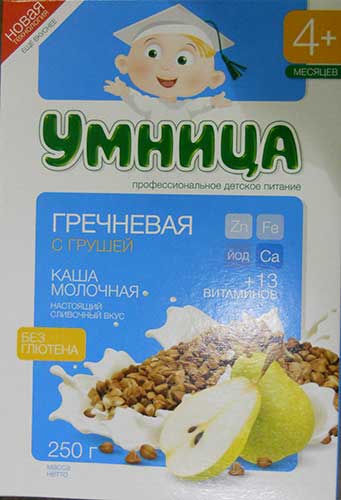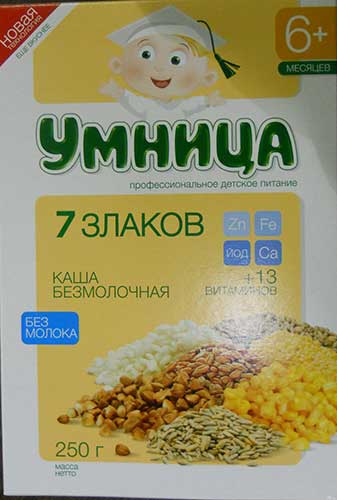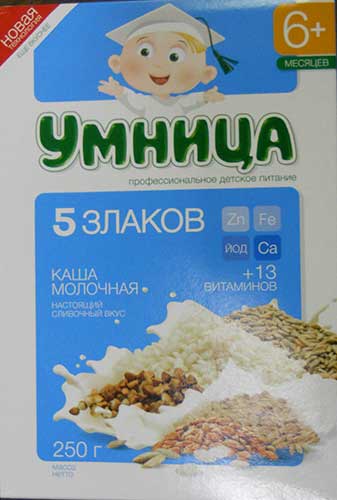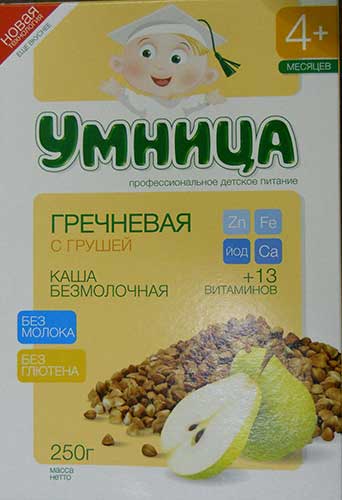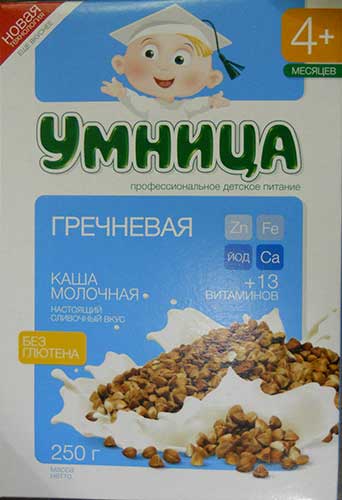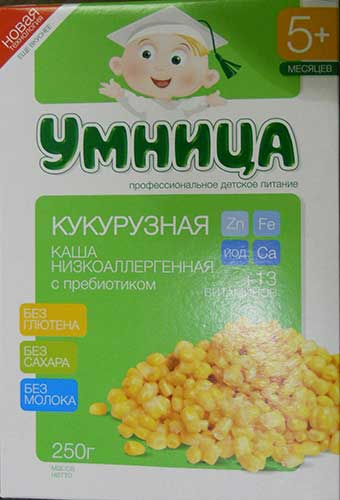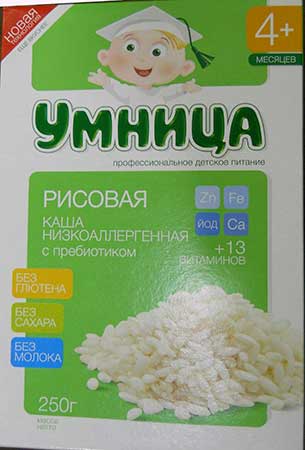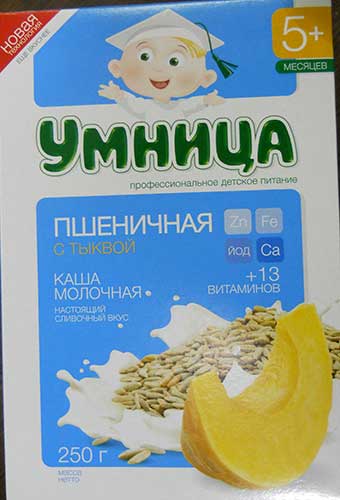Centers for Disease Control and Prevention (CDC) did a ten year study A 10-year study released by the Centers for Disease Control and Prevention (CDC) found that raw milk and pork both contributed to food illnesses across the United State, but fell short of the number caused by poultry, fish and beef. A 10-year study released by the Centers for Disease Control and Prevention (CDC) found that raw milk and pork both contributed to food illnesses across the United State, but fell short of the number caused by poultry, fish and beef. The study looked at more than 13,000 foodborne disease outbreaks between 1998 and 2008 They resulted in 273,120 cases of illness, 9.109 hospitalizations and 200 deaths.
The commodities implicated most commonly were poultry at 18.9%, fish at 18.6%, followed by beef 11.9%. The pathogen-commodity pairs most commonly responsible for outbreaks were scombroid toxin/histamine and fish (317 outbreaks), ciguatoxin and fish (172 outbreaks), Salmonella and poultry (145 outbreaks), and norovirus and leafy vegetables (141 outbreaks). The pathogen-commodity pairs most commonly responsible for outbreak-related illnesses were norovirus and leafy vegetables (4,011 illnesses), Clostridium perfringens and poultry (3,452 illnesses), Salmonella and vine-stalk vegetables (3,216 illnesses), and Clostridium perfringens and beef (2,963 illnesses). Compared with the first 2 years of the study (1998–1999), the percentage of outbreaks associated with leafy vegetables and dairy increased substantially during 2006–2008, while the percentage of outbreaks associated with eggs decreased.
Dairy and pork were responsible for fewer outbreaks, but still made the list. Pork was on par with leafy vegetables, while dairy, primarily due to raw products, made the list at No. 8. .Raw dairy products accounted for 81 percent of the outbreaks linked to dairy during this period. This seems to be due to increased use of unpasteurized milk.
One of the major problems with poultry is that the poultry inspectors check for visible problems with the chickens as they go down the processing line while the inspectors do not check for viral or bacterial contamination
